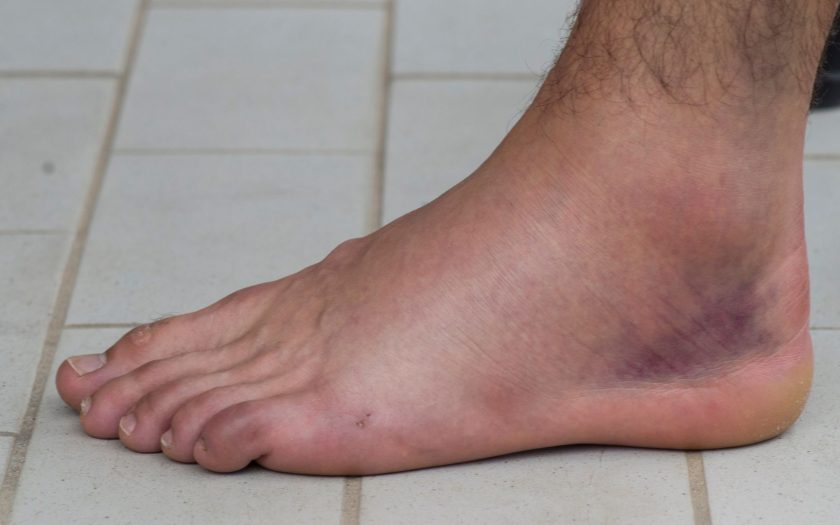-
Monitor your water balance.
In the heat, we lose more fluids, causing the blood to become thicker, which leads to swelling. The body tries to regulate heat by expanding blood vessels, which can exacerbate existing issues such as varicose veins. To counteract this, limit your time outdoors and drink plenty of clean water throughout the day.
-
Include natural diuretics in your diet.
Most swelling is situational and will disappear within a few days. However, if swelling occurs regularly and due to a medical condition, consult a doctor for diagnosis and appropriate medications (for example, Aquazide-12.5, Lasix, Dytor). In other cases, natural diuretics can be beneficial. Parsley is a key ingredient that helps reduce swelling; consuming a parsley salad in the evening can reduce morning swelling. Other diuretic foods include buckwheat, grapefruits, eggplants, and ginger, which contain minerals and enzymes that aid in fluid elimination.
-
Move after eating.
A sedentary lifestyle can lead to lymphatic congestion in the body, so it’s important to spend 15 minutes walking in the park after meals. This promotes digestion and improves metabolic processes that affect swelling and fluid retention. Adding light cardio exercises to your routine can also enhance digestion, metabolism, microcirculation, and overall endurance.
-
Choose the proper summer footwear.
When buying summer footwear, opt for sandals, shoes, or sneakers with adjustable features, so you can adapt the fit throughout the day. It is better to choose footwear that is fairly spacious with a natural toe placement and a small heel or rise at the back. Suitable materials for summer footwear include soft natural leather or suede, as these materials conform well to the foot without causing compression.
-
Perform lymphatic drainage massage.
This type of massage encourages the removal of excess fluid and waste products from the body. To perform it correctly, you need to understand the lymphatic system, the direction of movements, and consult a doctor. If there are no contraindications, you can do manual, cupping, or dry brush massages at home. When performing lymphatic drainage massage, follow these guidelines:
- begin the massage at least two hours after eating;
- drink a glass of warm water before the session;
- take a shower beforehand, preferably using a scrub;
- use smooth, upward strokes from the feet to the thighs, moving towards the main lymph nodes, and avoid applying strong pressure;
You can also opt for machine-assisted lymphatic drainage. It involves applying pressure to different body areas using devices that simulate manual palpation and rolling in the direction of lymph flow from the peripheral limbs towards the center of the body. This method of massage improves various circulation-related issues such as lymphatic swelling, lymphedema, and the sensation of heaviness in the legs. After the massage, it is advisable to rest for half an hour, then wash off any remaining oil and take a contrast shower. For enhanced effects, you can periodically apply wraps using cosmetic products.

